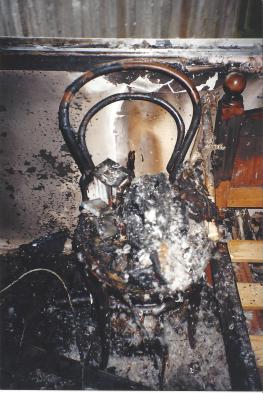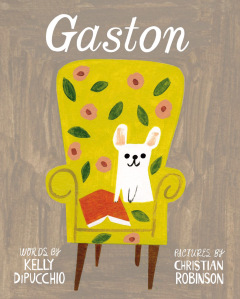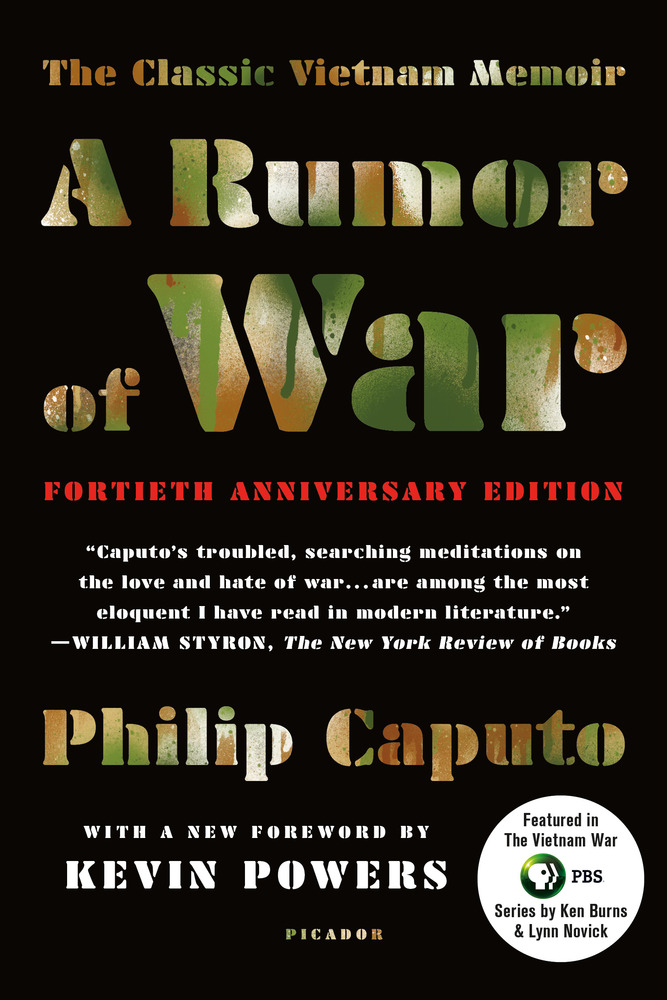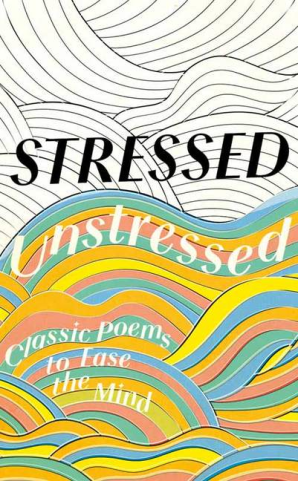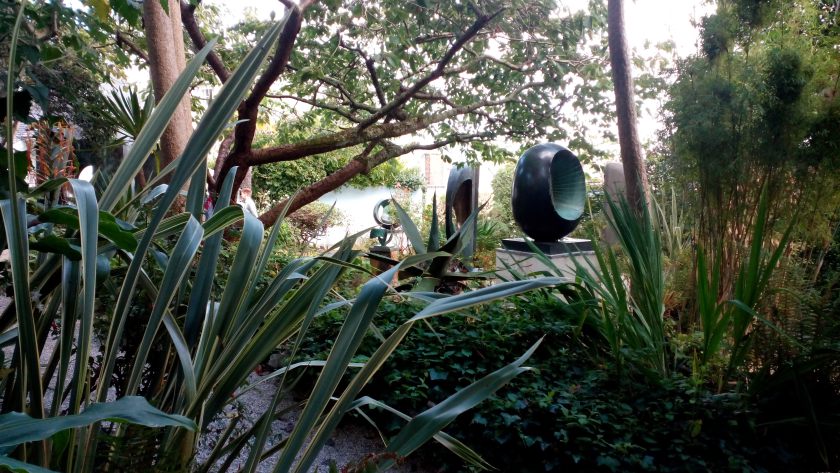
Having looked at the themes and aims of modernism I have decided to use Barbara Hepworth’s sculptures as inspiration for my light design. Many of the modernist functional design pieces that we looked at in the V&A said that they were inspired by modernist sculpture; I therefore thought I should go to the root and pick a sculptor to look at. I visited Hepworth’s sculpture garden and workshop at Trewyn in St Ives a year or so ago, and it was the first time that I connected in any way with sculpture. I think being able to move around the pieces and to look at them set in relation to the plants in the garden was what I found to interesting and inspiring (as opposed to something being on a plinth in a white gallery with an alarm wire around).
Barbara Hepworth
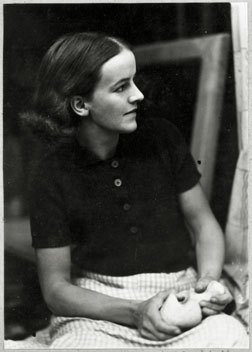
Barbara Hepworth was one of the foremost modernist sculptors of the 20th century. Born in Yorkshire she spent much of her adult life in St Ives in Cornwall, founding the Penwith Society of Arts, a group of artists interested in the abstract, with Ben Nicholson in 1949. She was a proponent of direct carving – that is an approach where the process of carving itself directs the final form rather than mapping it out with maquettes beforehand. This in itself is a very modernist approach, focused on the importance of materiality.
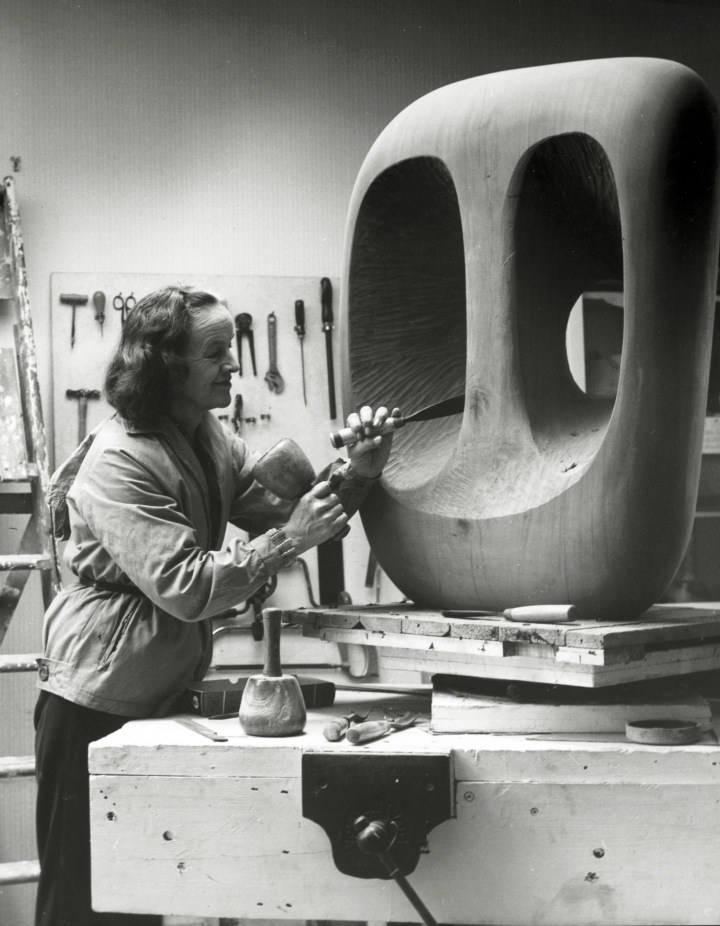

Barbara Hepworth, a 1961 film by John Read, examines how landscape has affected Hepworth’s practice (link to it on iplayer below). This was a fascinating film, giving an insight into the planning and formation stages of Hepworth’s sculptures (the film itself is also beautifully shot). In it Read says that although her sculpture may call to mind the forms of hills, landscapes and figures it never describes them. This I think is key – her work is a distillation of form rather than mere description. Below are some quotes/ideas that I found interesting.
“The spaces and volumes of her sculptures seem inevitable.”
The meaning of form is conveyed by sculpture alone; it is difficult to put into words. The sensibility of this meaning (weight, fullness etc) is developed at an early age. When describing the important characteristics of sculpture; “mass, inner tension and rhythm, size and surface.”
“Moving through the landscape…the hills were sculptures, the roads defined the forms. There was the sensation of moving physically over the fullness of a moor, and through the hollows and slopes of peaks and dales…this sensation never left me.”
“I, the sculptor, am the landscape”.
https://www.bbc.co.uk/iplayer/episode/p013h27r/barbara-hepworth


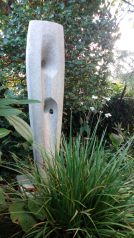


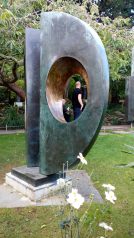
Trewyn Studio and Garden

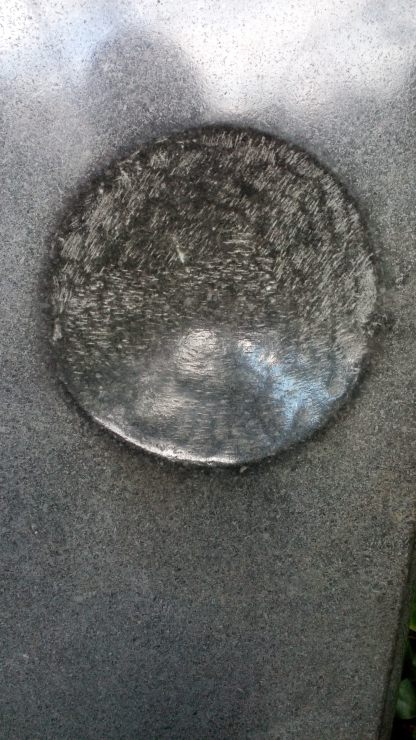
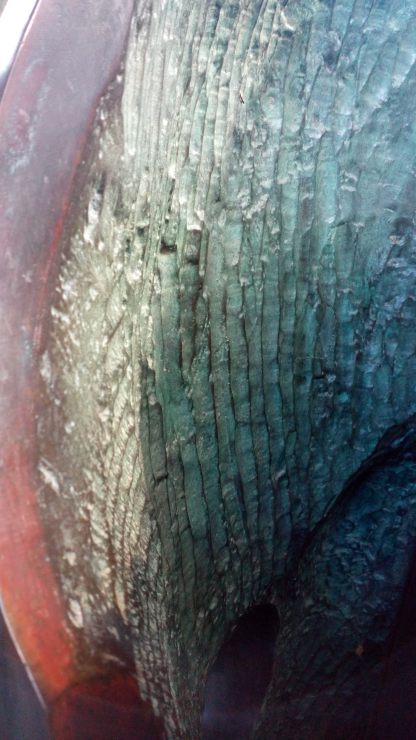
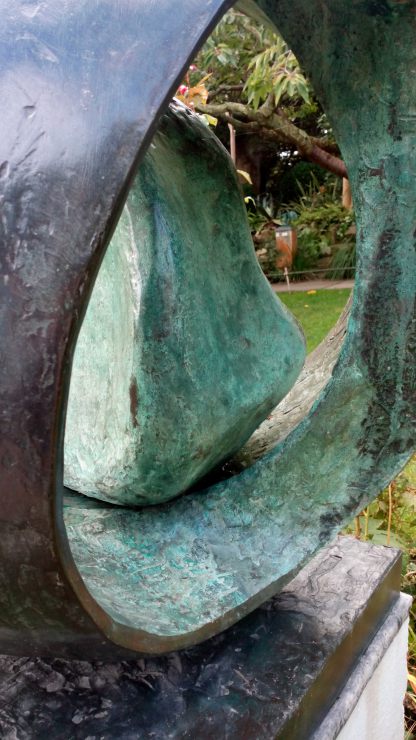
Marks – Like with the Bauhaus textiles department any ‘decoration’ is integral to the making, not applied as patterns afterwards. Sections of Hepworth’s sculptures leave the chisel marks visible as a contrast to the smooth.

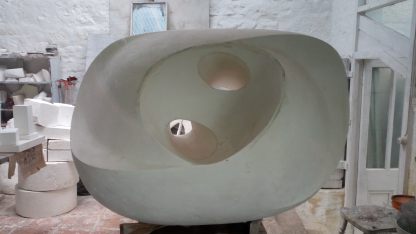
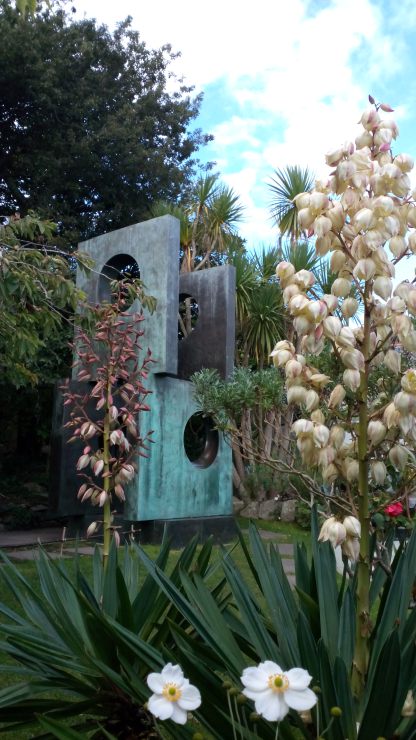



Light Design – Looking at Hepworth’s sculptures there are two ways in which I would like to approach the light design. The first would be to make flat sheets of porcelain with slits in which would then slot together to create a cuboid light of some description. The second would be to create a more natural-inspired spherical object; this option appeals to me more.

This image of Barbara Hepworth with one of her sculptures intrigues me. Could the lighting design incorporate an inner and outer form, with cut away sections to allow differing qualities of light? Or could it be made in two sections that could be positioned together differently – Hepworth often made sculptures with two or three ‘figures’, which she saw as relating to the mother and child.
Advertisements Share this:
